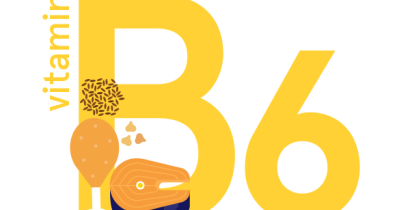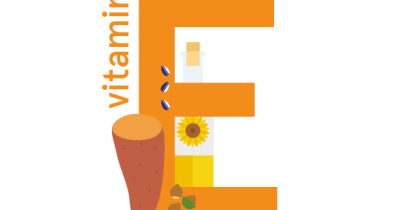Pantothenic acid (vitamin B5): foods, functions, how much do you need & more
Last Updated : 11 January 2021Pantothenic acid may be a lesser-known B-vitamin; nevertheless, this water-soluble vitamin is needed to keep us healthy and thriving.
What is pantothenic acid?
Pantothenic acid, also referred to as vitamin B5, is a water-soluble vitamin that belongs to the B-vitamins family. We can find pantothenic acid in a variety of foods.
What are the functions of pantothenic acid?
Pantothenic acid is involved in many bodily processes and it’s important for the normal function of our cells. Our bodies use pantothenic acid to convert nutrients into energy and to make and break down fats.

How much pantothenic acid do I need per day?
How much pantothenic acid you need per day changes according to your age, sex and life-stage.
The dietary reference value (DRV)* for healthy adults (over the age of 18), including during pregnancy, is 5 mg of pantothenic acid per day. During lactation, needs can go up to 7 mg of pantothenic acid per day.
We can get enough pantothenic acid from our diets by eating a variety of foods. Following your country's dietary guidelines on a healthy and balanced diet will help you meet your needs for pantothenic acid.

* These values are based on the adequate intake (AI) estimates from the European Food Safety Authority (EFSA). They should not be interpreted as nutrient goals. To know more about DRVs in Europe click here.
What foods contain pantothenic acid?
We can find pantothenic acid in a variety of foods, but some of the richest sources include:
- meat and meat products
- eggs
- nuts
- avocados
- green leafy vegetables (such as broccoli, cauliflower, cabbage, kale and brussels sprouts)
- whole grains
- legumes
- fortified foods.

Does pantothenic interact with other nutrients?
No nutrients or compounds seem to impair the absorption or the levels of pantothenic acid in our bodies, in ways that affect our health.
What happens if I have too little pantothenic acid?
Pantothenic deficiency is rare in developed countries since most people can get the recommended amounts of this vitamin from the diet.
Usually, it’s only caused by people taking specific medications that impair the levels of this vitamin in the body or in cases of malnutrition.
A deficiency in pantothenic acid can cause mood changes, sleeping problems and neurological, cardiac and gastrointestinal disturbances.
What happens if I have too much pantothenic acid?
It’s highly unlikely to get harmful amounts of pantothenic acid through foods alone. Even if we exceed our daily needs, our bodies remove the pantothenic acid surplus through urine.
Before taking pantothenic acid supplements, check with your doctor or a registered dietitian/nutritionist or consult your national dietary guidelines.
When should I pay extra attention to my pantothenic acid intake?
Pantothenic acid deficiency is not a risk for the general population since most people can get the recommended amounts for this vitamin from a varied and balanced diet.
References
- European Food Safety Authority. 2014. Scientific Opinion on Dietary Reference Values for pantothenic acid. EFSA Journal 2014;12(2):3581
- World Health Organization (WHO). 2004. Vitamin and mineral requirements in human nutrition. 2nd edition. Geneva, Switzerland: WHO.
- Public Health England. 2019. McCance and Widdowson’s Composition of Foods Integrated Dataset.



